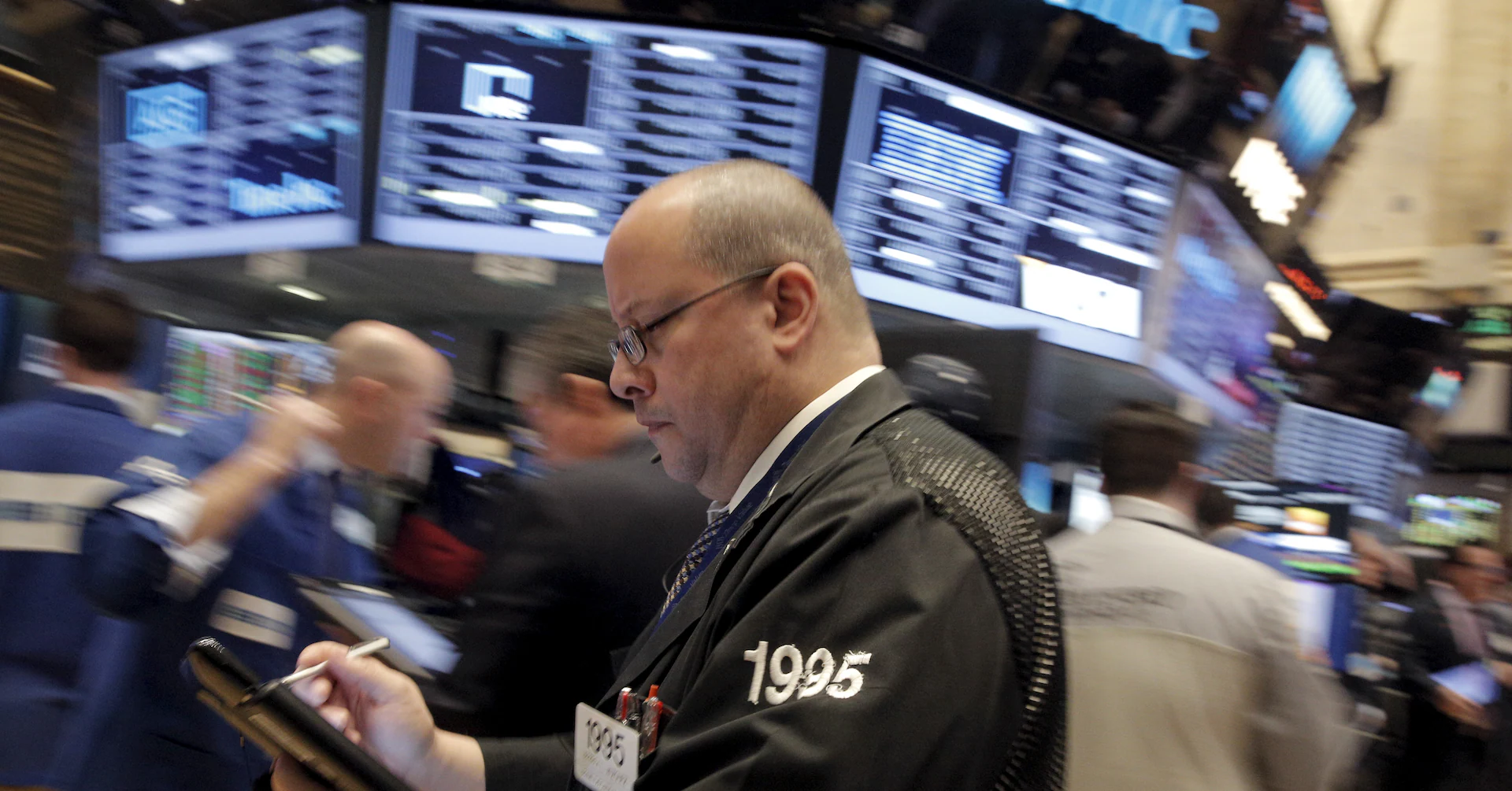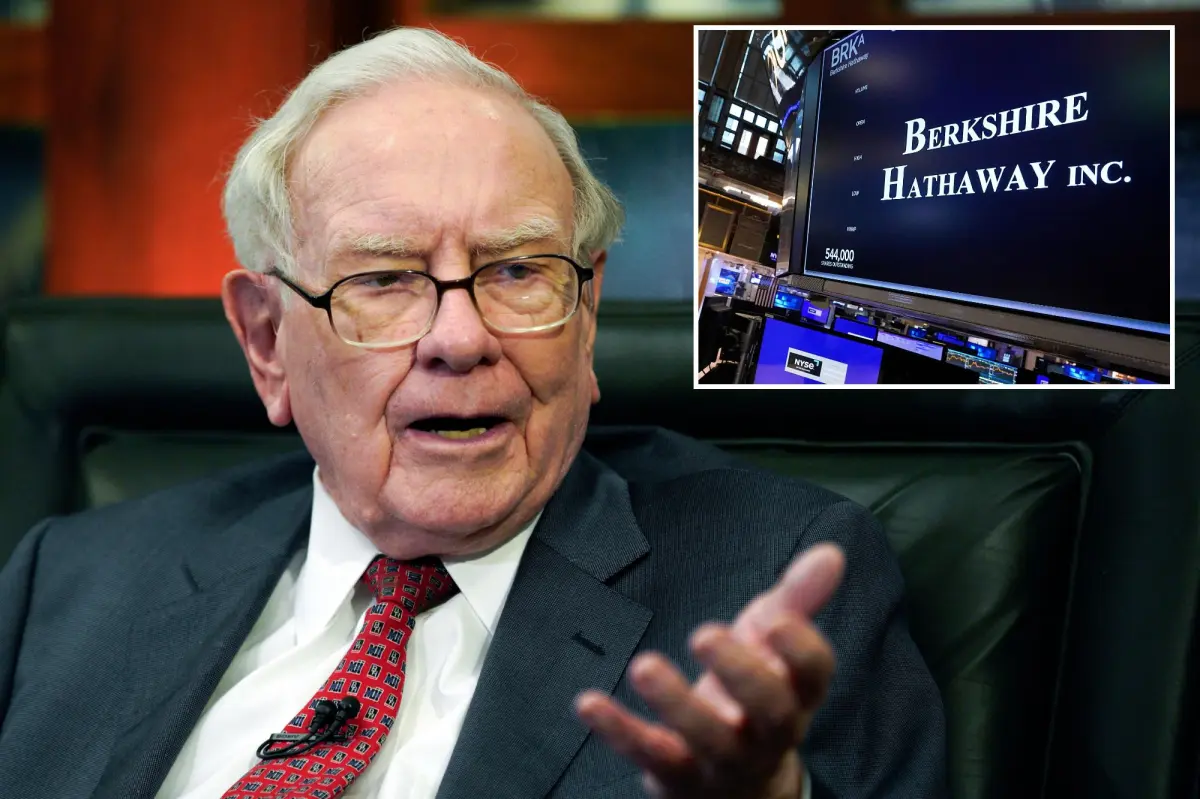Copyright Reuters

ORLANDO, Florida, Oct 30 (Reuters) - Tech shares on Wall Street took a beating on Thursday after some megacap earnings reports, while the dollar and U.S. bond yields rose further following the Fed's "hawkish" rate cut as investors also digested the outcome of the U.S.-China leaders' summit. In my column today, I consider one overlooked reason why the Fed may not cut rates again in December. If cheaper credit is aimed at supporting the labor market, and the labor market is softening due to supply rather than demand issues, then rate cuts won't work. Sign up here. If you have more time to read, here are a few articles I recommend to help you make sense of what happened in markets today. Today's Key Market Moves Today's Talking Points * Trump-Xi meeting reality U.S. President Donald Trump said his 100-minute meeting with Chinese counterpart Xi Jinping was a "12" out of 10 score. But with little being announced that wasn't flagged in advance or generally expected, the reality may be rather less rosy. Underwhelming, even. The "truce" does de-escalate tensions for now and buys time for further talks on a more lasting deal. But Eurizon's Stephen Jen sums up the bigger picture well: "Make no mistake, the two countries are drifting apart and are frantically building their own autonomous economic ecosystems." * Monitoring U.S. money markets The Fed has said its QT program will end on December 1, as scrutiny intensifies on money market liquidity, the plumbing of the financial system - interbank rates, repo, bank reserves - and the Fed's ability to keep the policy rate within its target range. Bank reserves are declining and the "SOFR" overnight rate has spiked above the upper limit of the Fed's target range, indicating that money market liquidity is tightening. Keen to avoid a repeat of the late 2019 liquidity crunch, the Fed could be ready to provide liquidity as and when and how it sees fit. * Big Tech and the pAIn trade With Apple and Amazon releasing earnings after the bell on Thursday, six of the "Magnificent Seven" U.S. tech megacaps have now reported. Nvidia, which this week became the world's first $5 trillion company, will report in three weeks. It's a mixed picture so far, with investors desperately seeking a clearer sense of how the massive - and still growing - capex binge around artificial intelligence will boost future earnings. Is Meta's 11% slump on Thursday a warning that the extraordinary AI-led boom may be about to lose steam? The cuts don't work - why the Fed may pause in December Federal Reserve Chair Jerome Powell surprised many market-watchers on Wednesday when he declared that another interest rate cut in December was not a slam dunk. Perhaps even more surprising was his apparent suggestion that if boosting the labor market is the goal, rate cuts might not be that useful. In the press conference after the central bank lowered its fed funds policy target range by 25 basis points, Powell cited several reasons why a similar move in December is "far from" a done deal. These included "strongly different" views among rate-setters, limited data visibility due to the government shutdown, above-target inflation, and doubts about how quickly the labor market is slowing. He also noted that policy may be close to neutral after 150 basis points of easing. But perhaps the most telling reason was the most simple: cutting rates won't work. At least, doing so won't address the current problem, which is supporting the softening labor market. Alluding to this, Powell admitted that the job market is weakening primarily because of shrinking labor supply rather than cooling demand for workers. But lower borrowing costs are designed to boost demand for workers. If the job market's problems are "mostly" a function of labor supply, as Powell said, then cutting interest rates is akin to pushing on a string. "So the question then is what does our tool do, which supports demand? Some people argue that this is supply, and we really can't affect it much with our tools. But others argue, as I do, that ... we should use our tools to support the labor market when we see this happening," Powell told reporters. "It's a complicated situation." 'K-SHAPED' ECONOMY The current U.S. economic picture is indeed complicated. Job growth has slowed in the U.S. over the past year, but this has been offset by a steep decline in the number of people looking for work. That's a result of the tighter immigration controls, increased deportations, and both young people and retirees leaving the labor force. In the last official monthly jobs report, which was for August, the unemployment rate climbed to a four-year high of 4.3%. But that's only one tenth of a percentage point up on the previous year, and is still ultra-low by historical standards. Powell also said there's no evidence of a worrisome deterioration in the broader labor market, though the recent announcement of some high-profile corporate layoffs may suggest otherwise. At the same time, economic indicators such as business investment and retail sales still appear fairly healthy. Both are strongly linked to the booming stock market - big companies' rising share price and profits fund their capex, and the asset-owning top 10% continue to drive around half of all U.S. consumer spending. What we appear to see taking shape is a so-called 'K-shaped' economy: the rich are getting richer from the asset price boom, while the rest are struggling. This curious balance is new for the Fed and a tricky one to navigate, especially with the government shutdown reducing visibility even further. Just as the Fed's blunt interest rate tool doesn't fix supply-side issues in the jobs market, it may not do much to support lower-income households and individuals either, even though ensuring a stronger labor market is the "best thing" the Fed can do for the American people. Cheaper money is also likely to benefit the richest cohorts by inflating asset prices even more, which may also push already lofty valuations to unsustainable levels. Six weeks is a long way off, but a third successive rate cut in December is suddenly in the balance. If the subtext of Powell's press conference is anything to go by, that may be for the best. What could move markets tomorrow? Want to receive Trading Day in your inbox every weekday morning? Sign up for my newsletter here. By Jamie McGeever; Editing by Nia Williams Our Standards: The Thomson Reuters Trust Principles., opens new tab Opinions expressed are those of the author. They do not reflect the views of Reuters News, which, under the Trust Principles, is committed to integrity, independence, and freedom from bias.



